Barcode Printing Solutions: Finding the Right Fit for Your Business
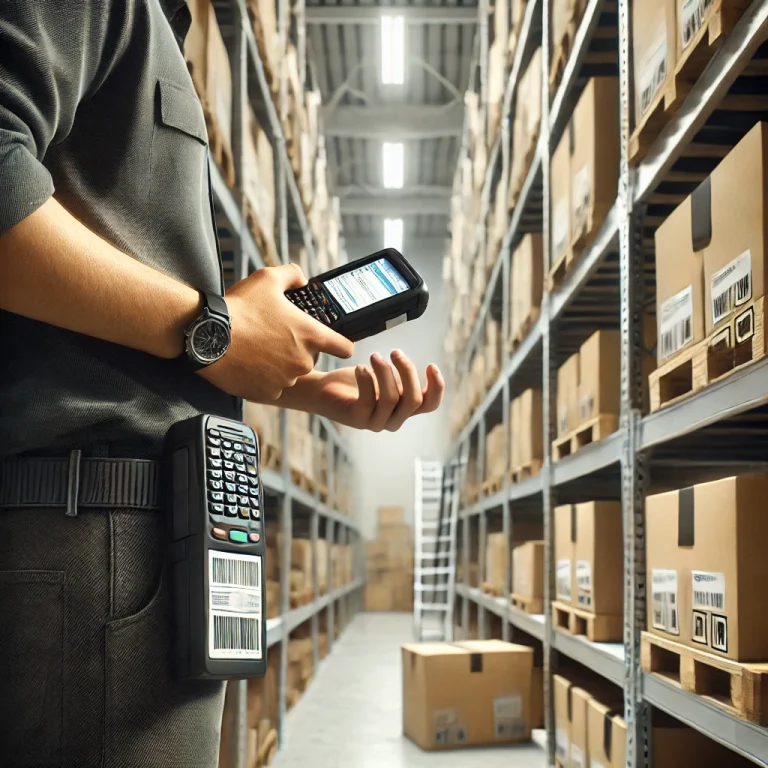
Understanding Barcode Printing Technologies
Before diving into specific solutions, it’s important to understand the main types of barcode printing technologies:
1. Thermal Transfer Printing
- Uses heat to transfer ink from a ribbon onto the label
- Ideal for long-lasting labels resistant to heat, chemicals, and abrasion
- Best for: Outdoor use, long-term storage, harsh environments
2. Direct Thermal Printing
- Uses heat-sensitive paper that darkens when heated
- No ink or ribbon required
- Best for: Short-term use, shipping labels, receipts
3. Inkjet Printing
- Sprays liquid ink onto the label
- Can produce high-quality, colorful labels
- Best for: Color labels, marketing materials
4. Laser Printing
- Uses toner and heat to create labels
- Can produce high-quality text and graphics
- Best for: Office environments, low-volume label printing
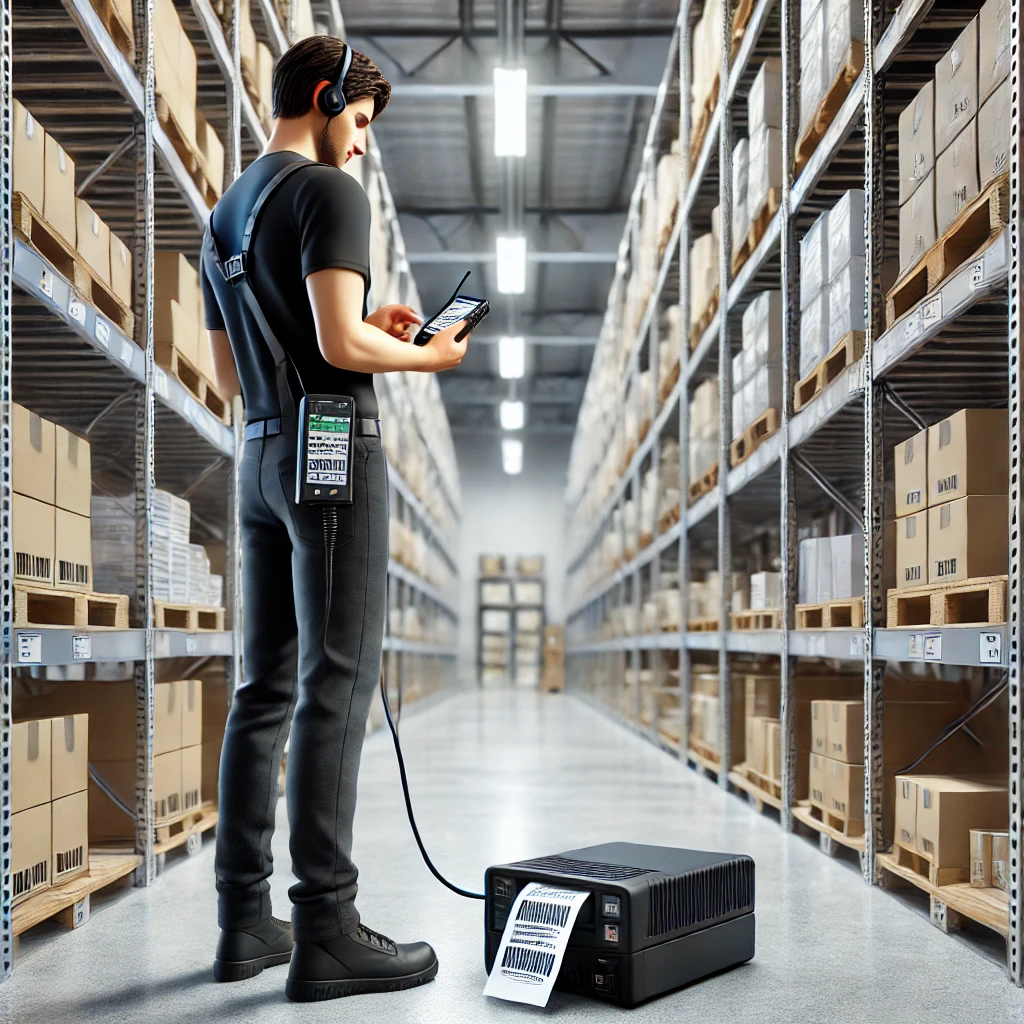
Key Factors to Consider When Choosing a Barcode Printing Solution
- Print Volume: How many labels do you need to print daily?
- Print Speed: How quickly do you need to produce labels?
- Label Durability: Will the labels be exposed to harsh conditions?
- Label Size and Material: What types of labels will you be printing?
- Integration: Does the printer need to integrate with existing systems?
- Mobility: Do you need portable printing capabilities?
- Resolution: What level of print quality is required?
- Total Cost of Ownership: Consider both initial and ongoing costs
Types of Barcode Printers
Desktop Printers
- Compact size suitable for office environments
- Ideal for low to medium volume printing
- Examples: Zebra ZD Series, SATO CT4-LX
Industrial Printers
- Robust design for high-volume, continuous printing
- Suitable for warehouse and manufacturing environments
- Examples: Zebra ZT Series, Honeywell PX Series
Mobile Printers
- Portable devices for on-the-go printing
- Ideal for field service, retail, and logistics applications
- Examples: Zebra ZQ Series, Brother RuggedJet Series
Print and Apply Systems
- Automated systems that print and apply labels to products or packages
- Suitable for high-volume manufacturing and distribution centers
- Examples: SATO S84-ex Series, Zebra ZE500 Series
Barcode Printing Software
Choosing the right software is as crucial as selecting the hardware. Consider these options:
- Label Design Software: Create and edit label designs (e.g., BarTender, NiceLabel)
- Printer Management Software: Monitor and manage multiple printers (e.g., Zebra ZebraNet)
- Integration Middleware: Connect printers with existing business systems (e.g., Teklynx SENTINEL)
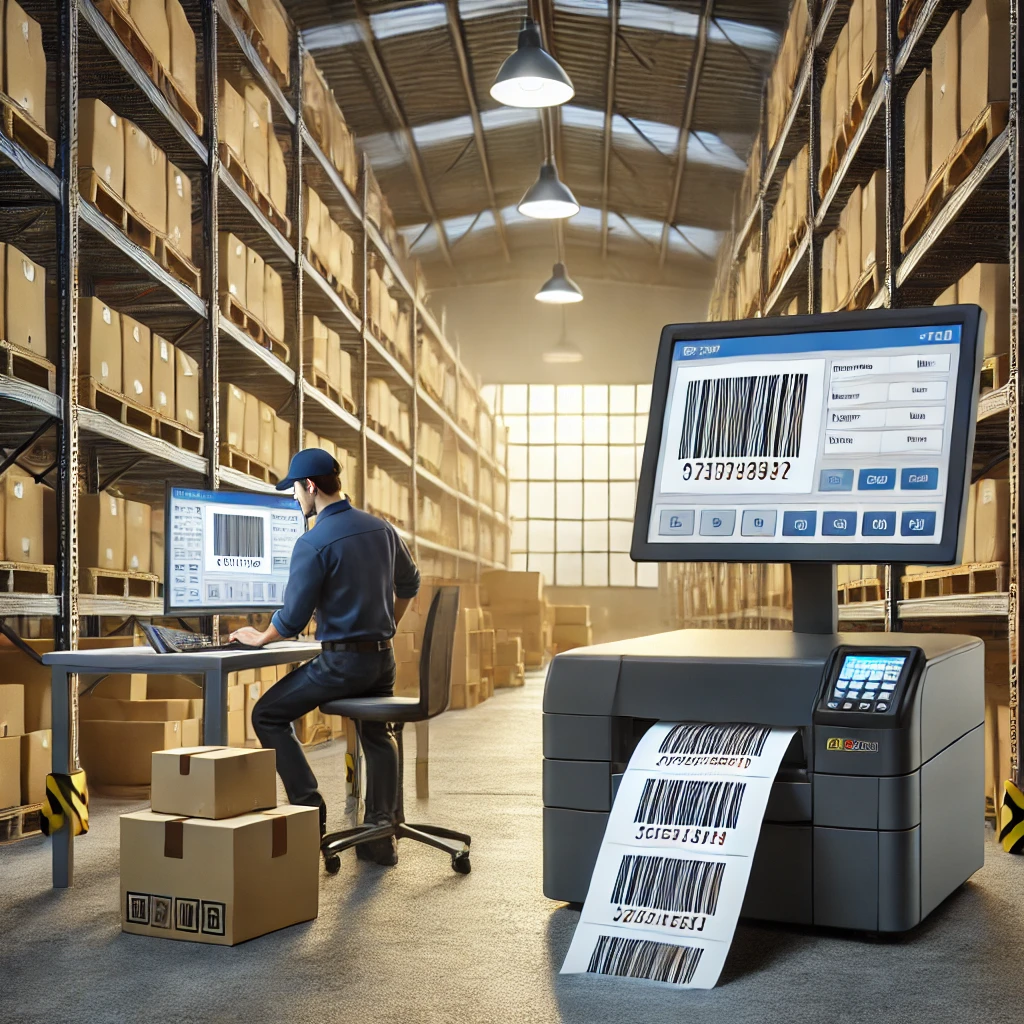
Best Practices for Barcode Printing
- Regular Maintenance: Clean printheads and rollers to ensure consistent print quality
- Quality Control: Implement a system to verify barcode readability
- Standardization: Use consistent label formats and barcode types across your organization
- Training: Ensure staff are properly trained on printer operation and troubleshooting
- Inventory Management: Keep sufficient supplies of labels and ribbons to avoid downtime
Common Challenges and Solutions
- Challenge: Poor print quality Solution: Regular printer maintenance, use high-quality supplies
- Challenge: Slow printing speed Solution: Upgrade to a higher-capacity printer or optimize label designs
- Challenge: Integration issues Solution: Use middleware or APIs to connect printers with existing systems
- Challenge: Label durability Solution: Choose appropriate label materials and printing technology for your environment
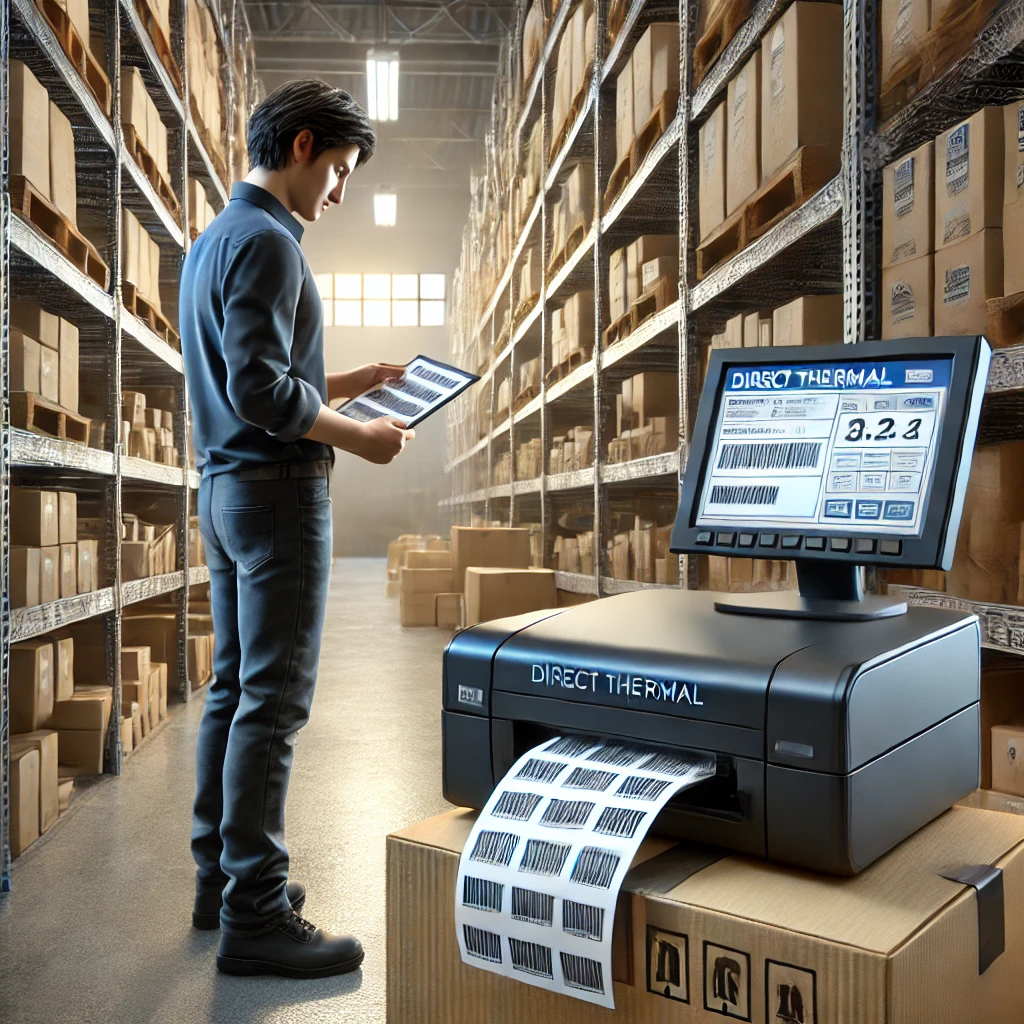
Future Trends in Barcode Printing
- Cloud-Based Printing: Manage and send print jobs from anywhere
- IoT Integration: Printers as part of the connected factory or warehouse
- Sustainable Materials: Eco-friendly labels and ribbons
- AI-Powered Optimization: Intelligent systems for print job prioritization and resource allocation
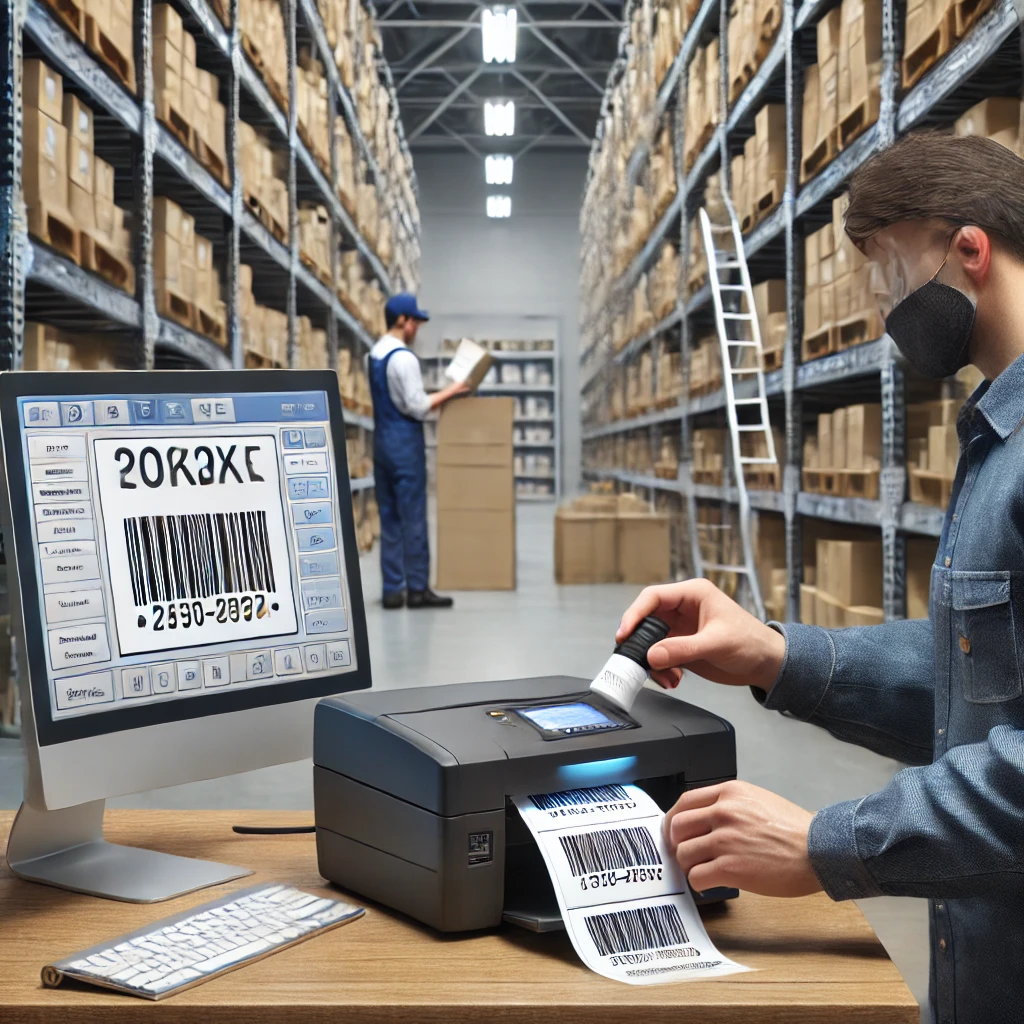
Conclusion
Selecting the right barcode printing solution is a crucial decision that can significantly impact your business operations. By considering factors such as print volume, environment, integration needs, and total cost of ownership, you can choose a solution that not only meets your current requirements but also supports your future growth.
Remember, the best barcode printing solution is one that seamlessly integrates with your existing processes, enhances efficiency, and provides reliable performance over time. As technology continues to evolve, staying informed about the latest trends and innovations in barcode printing will help you maintain a competitive edge in your industry.
How Linbis Can Help
At Linbis, we understand that choosing and implementing the right barcode printing solution is crucial for optimizing your business operations. Our expertise in logistics software development allows us to offer comprehensive support in integrating barcode printing solutions into your broader business systems.
Here’s how Linbis can assist your business in implementing effective barcode printing solutions:
- Needs Assessment: We work closely with you to understand your specific barcode printing requirements, considering factors like print volume, environment, and integration needs.
- Hardware Recommendations: Based on our assessment, we can recommend the most suitable barcode printers for your business, taking into account factors like print technology, speed, and durability.
- Software Integration: Our team develops custom software solutions that seamlessly integrate your barcode printing system with your existing business applications, such as ERP, WMS, or inventory management systems.
- Workflow Optimization: We analyze your current processes and design optimized workflows that maximize the efficiency of your barcode printing operations.
- Custom Label Design: If needed, we can create custom label designs that meet your specific branding and information requirements while ensuring optimal readability and compliance with industry standards.
- Mobile Solutions: For businesses requiring on-the-go printing capabilities, we develop mobile applications that enable printing from smartphones or tablets.
- Cloud Integration: We can implement cloud-based printing solutions, allowing you to manage and monitor your barcode printing operations from anywhere.
- Training and Support: Linbis provides comprehensive training for your team on using the new barcode printing system and offers ongoing support to ensure smooth operations.
- Scalability Planning: We design solutions with your future growth in mind, ensuring that your barcode printing system can scale as your business expands.
- Data Analytics: Implement analytics tools to track printing performance, identify bottlenecks, and continuously improve your barcode printing processes.
By partnering with Linbis, you’re not just getting a barcode printing solution – you’re gaining a technology partner committed to optimizing your entire logistics and inventory management process. Our team stays abreast of the latest trends and innovations in barcode printing technology, ensuring that your solution remains cutting-edge and effective.
Remember, while Linbis provides the technological expertise, the success of your barcode printing implementation ultimately depends on how well it’s integrated into your business processes. Let Linbis guide you in leveraging this essential technology to streamline your operations, improve accuracy, and drive your business forward in today’s competitive market.
